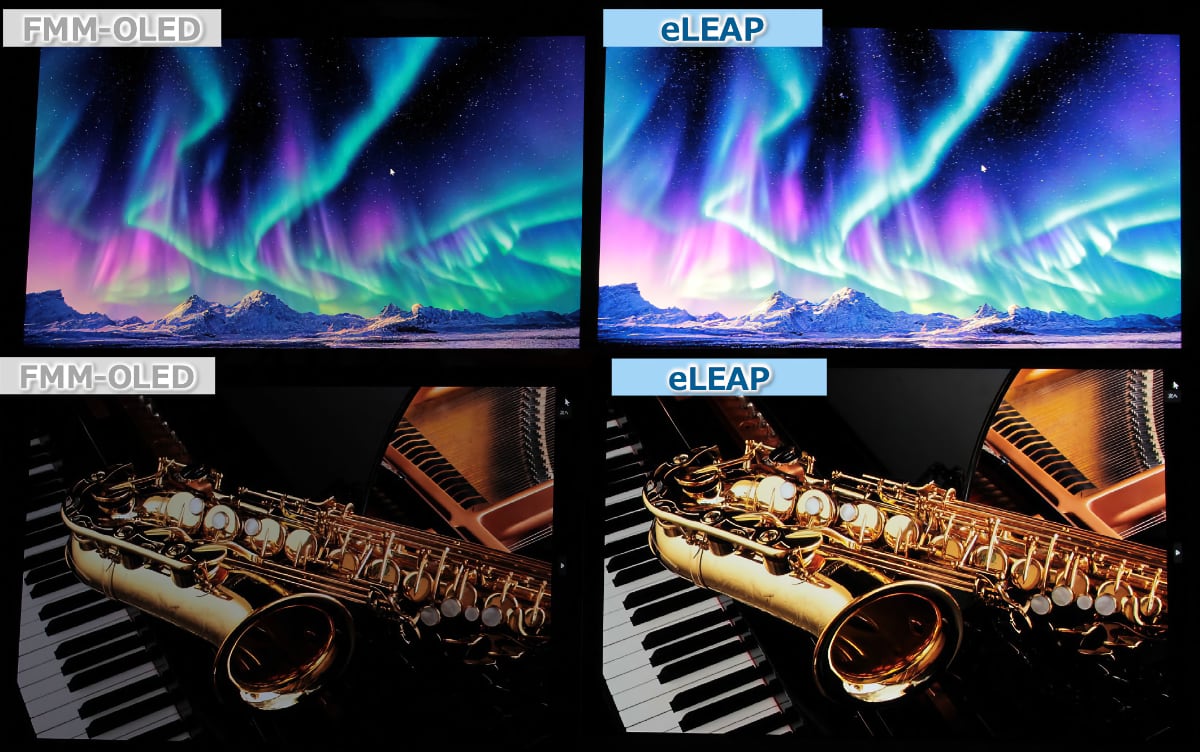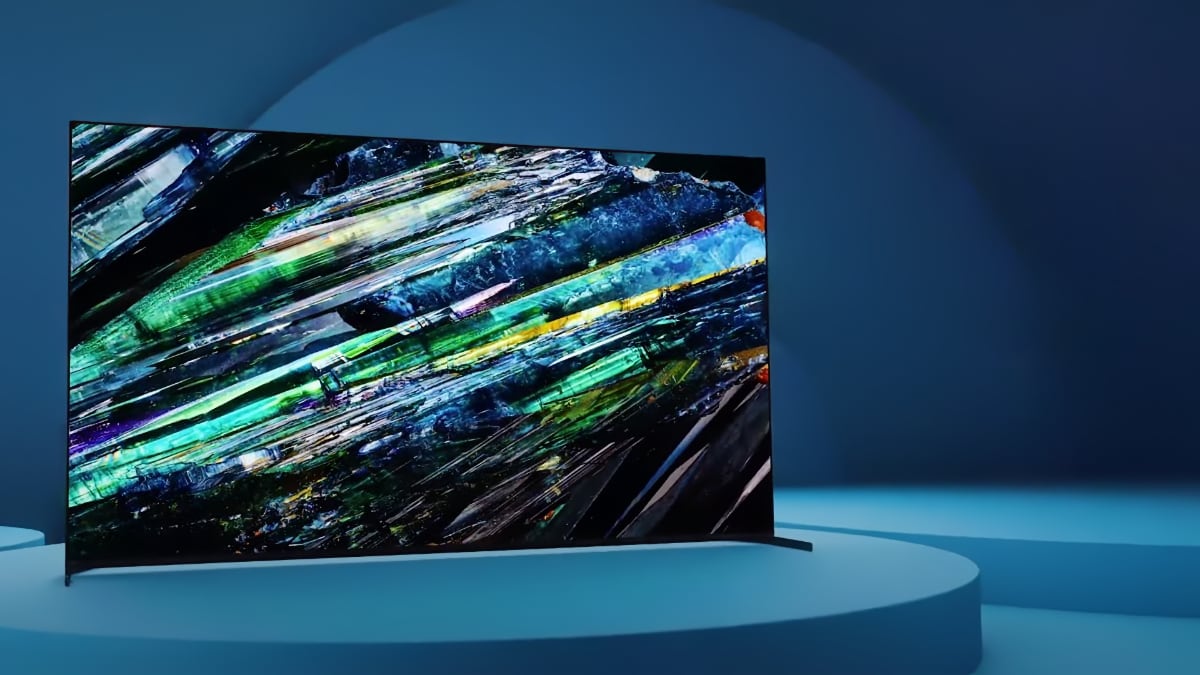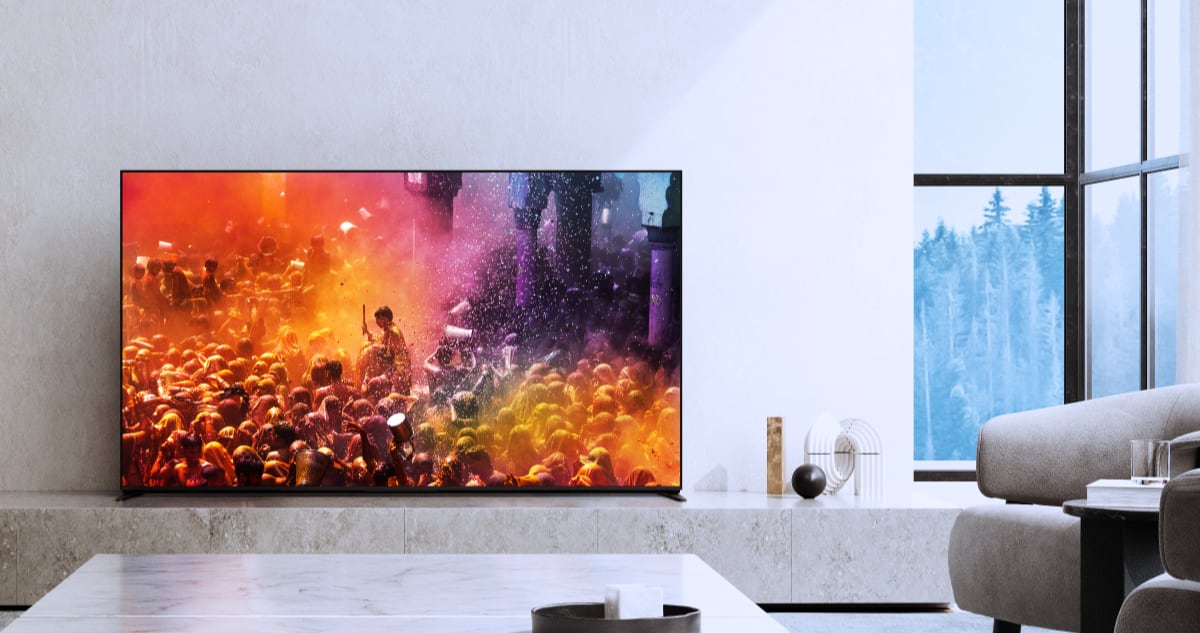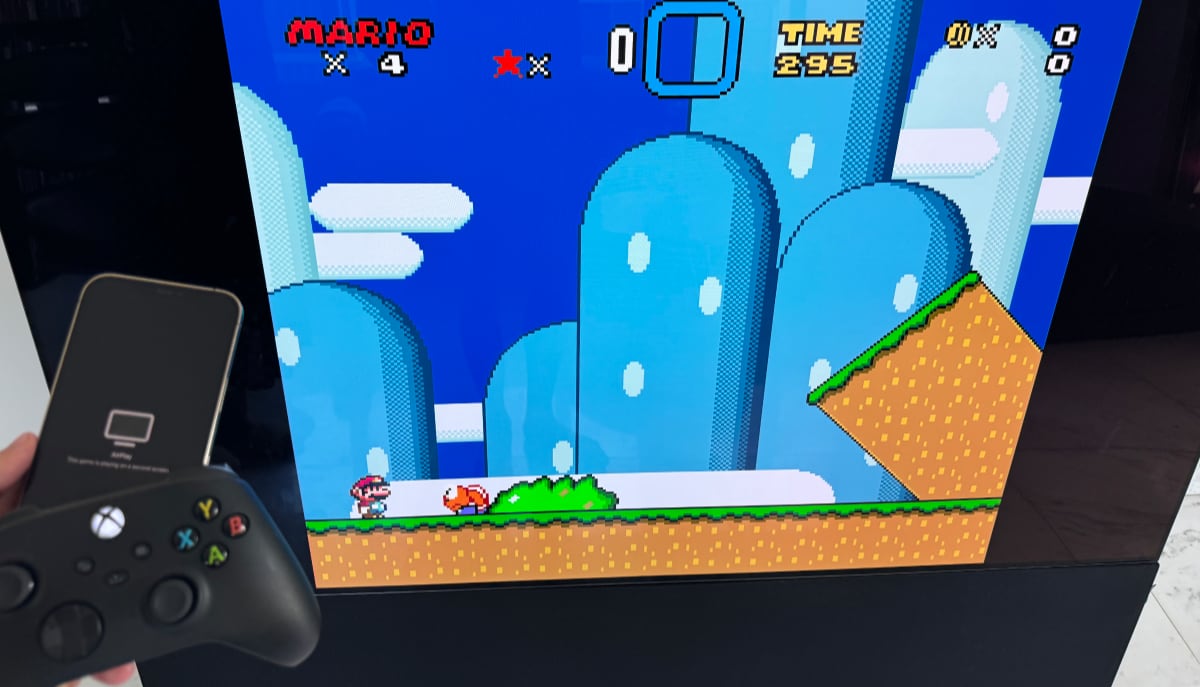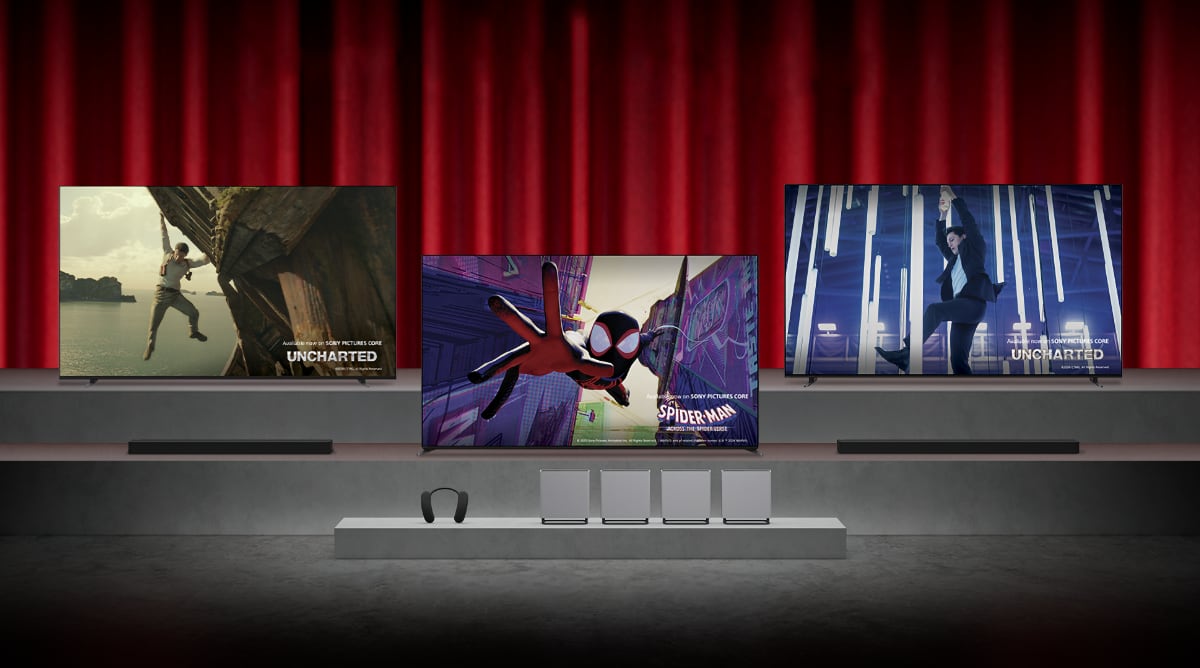Sony and Microsoft have formed the HDR Gaming Interest Group (HGIG) and are inviting TV manufactures, game developers, and others to participate in an effort to improve the HDR gaming experience. The proposed initiatives also change how a game console and TV interoperate.
A better HDR gaming experience
High Dynamic Range (HDR) is already one of the most significant developments in gaming in recent years but Sony and Microsoft, fierce rivals in the gaming console space with their PlayStation and Xbox consoles, believe it can look even better.
The two companies will work together to ensure “a better HDR gaming experience” by forming the HDR Gaming Interest Group (HGIG). They are inviting TV manufacturers, game developers, and other players in the field to voluntarily participate.
- ”HDR Gaming Interest Group, with participation of leading companies from the entertainment, game and TV industries, analyzed issues behind the negative reactions from consumers about HDR games and recommend the guidelines for HDR game production,” Microsoft and Sony wrote. “In sum, the core element of the recommendation is to produce an HDR game that parameterizes its tone mapper when given information about an HDR display's tone mapper. This will compensate for the variance in how displays handle HDR.”
HGIG has released “best practice recommendations” for HDR gaming based on four guiding principles (see table for full details). HGIG says that companies should “acknowledge differences” in HDR hardware, ensure “consistent and fair game play”, ensure that games are “forward compatible” as hardware improves over time, and that consumers (and developers) get access to “easy to use and practical” tools.
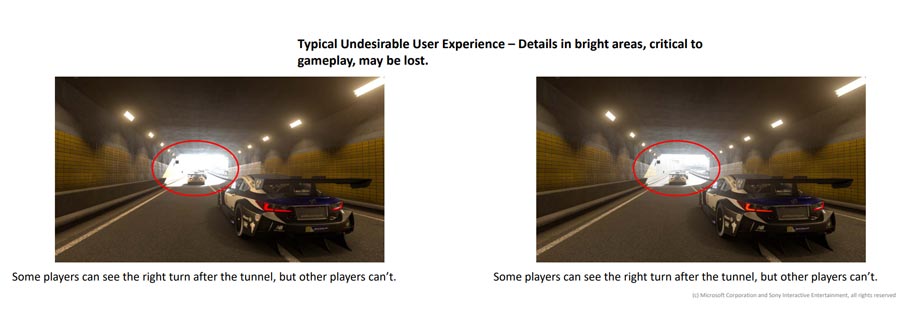
Changes how console & TV interoperate
The 24-page “best practice recommendations” document goes into detail on how Sony and Microsoft envisages to implement the changes across the industry. It is clear that they are not only proposing small tweaks or doing this for the sake of face-keeping.
In fact, they are proposing a noteworthy change to how game console and TV interoperate. It is impossible to convey everything here but in essence HGIG wants a TV to communicate its capabilities (black level, peak brightness, range, more) to the game console via HDMI. CEO of HDMI Licensing, Rob Tobias, says HDMI 2.1 is "ready for these HDR improvements". The game console will have a database that stores display characteristics and tone-mapping information for TVs, and it will automatically tweak its video output to conform to the TV’s capabilities. Of course, there will also be fallback options if the game console fails to identify the TV.
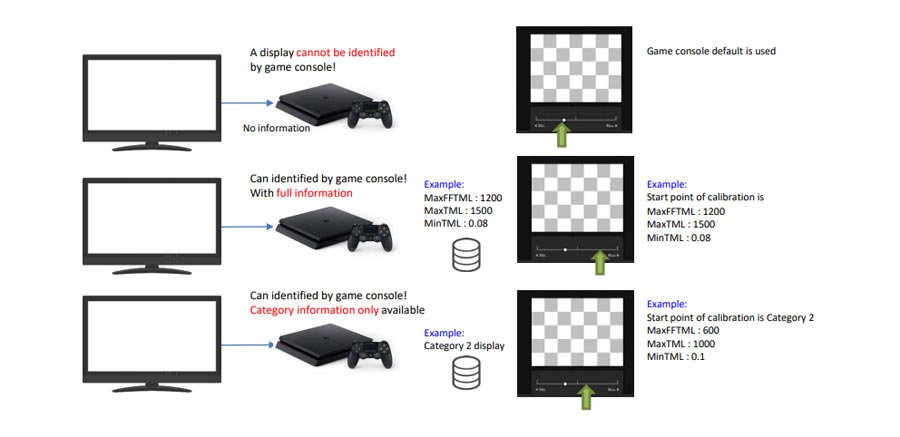
In other words, rather than having a “dumb” pipe between game console and TV, this new approach would create a more intelligent system based on two-way communication. The game console would effectively know if you are gaming on an LCD TV, OLED TV or another type of future display technology. It would also know what your TV can and cannot do in terms of HDR. There would still be some level of user calibration available if you are not fully satisfied.
- “This collection of best practices proposed in the guideline will be easy to implement and will also support improved operability,” said HGIG. “The HGIG is welcoming broad participation from the gaming and TV display industry, and intends to further investigate additional best practices for improved technical standards relating to HDR gaming, and plans to improve on the guidelines to deliver the more immersive gaming experience made possible by HDR."
Why is this important? Because the capabilities of HDR TVs range from extremely poor to very good, and there is still a lot of headroom – higher peak brightness, wider color gamut, etc. – in the HDR standards for future displays to unlock. The recommendations also ensure that your favorite game will, potentially, look even better on your future TVs.
Of course, this is not the first time that industry players have come together in an effort to improve HDR. The UHD Alliance has tried to create a certification for TVs, Hollywood content, distributors, and other parts of the video chain. Unfortunately, the previous initiatives have not done much to alleviate the situation on the TV side as the alliance has handed out certification even to edge-lit LCD TVs that are incapable of reproducing proper HDR. The initiatives proposed by HGIG look more promising but there is still a lot of hard work to do in order to get it implemented.
Besides Sony and Microsoft, LG and Vizio are members of HGIG. Additionally, several other companies have “expressed interest in participating”, including Samsung, Panasonic, Philips, Ubisoft, EA, Activision, and others.
High Dynamic Range is a big step forward for gaming and if you are still not gaming in HDR you are definitely missing out. HGIG wants to make the experience even better – and we hope they can.
Background
Game platforms support High Dynamic Range (HDR)
PlayStation 4
PlayStation 4 Pro
Xbox One S
Xbox One X
Windows 10
Major game publishers have already released HDR games.
More than 100 HDR games were released so far on the above game platforms. |
HGIG - Guiding Principles
The following are the guiding principles in identifying the best practice recommendations.
1. Acknowledge difference There is wide variance in how HDR content is processed in HDR displays, and the assumption that “displays perform exactly the same” cannot be taken. Each display’s HDR capability should be utilized to the full extent.
2. Consistent and fair game play Game design creative intent (e.g. a zombie appearing from the dark, an enemy shooter silhouetted in blinding light) needs to appear the same for consistent game playability, regardless of display performance difference.
3. Forward compatible The existing HDR game experience should not be deteriorated, but stable or even enhanced with the improvement of future HDR display performance.
4. Easy to use and practical for developers and consumers Practical and easy-to-use means must be prepared for game developers and consumers. For example, any processing should not consume resources that may affect real-time processing, and complicated manual setup operations (e.g. in-game calibration) should be avoided.. |
HGIG - Best practice recommendations
These best practice recommendations consist of the following elements. The best practice recommendations as a whole aim to achieve HDR rendering of game content as game creators intend and assure consistent user experiences with regards to objects critical to game play.
1. HDR games implement parameterized tone mappers that can render critical primary objects within a certain range of luminance to ensure consistent game play (“Primary HDR range”).
2. HDR displays preserve gradation within the Primary HDR range while in Game mode. Display manufacturers provide to game console manufacturers information relating to tone mapping to accommodate Games to leverage the full HDR capabilities of their HDR displays within the Primary HDR range. For PC monitors, recommendations based on standardization activities in the PC environment should still be incorporated.
3. Game consoles provide APIs to games in order to retrieve information relating to tone mapping to preserve gradation within the Primary HDR range. Game consoles also provide to consumers a system calibration which can override tone mapping information provided by display manufacturers, so that consumers can customize game play experience or optimize for different lighting environments. |
Companies that have “expressed interest in participating”
Activision Publishing, Inc.
ASUSTek Computer Inc.
CAPCOM Co., Ltd.
EIZO Corporation
Electronic Arts
Epic Games
HP Inc.
Koninklijke Philips N.V.
LG Electronics, Inc.
Microsoft Corporation
Panasonic Corporation
SAMSUNG ELECTRONICS Co., Ltd.
Sony Interactive Entertainment
Sony Visual Products
SQUARE ENIX CO., LTD.
Toshiba Visual Solutions Corporation
Ubisoft
Unity Technologies
Vicarious Visions
VIZIO, Inc.
WB Games |
- Source: HGIG






